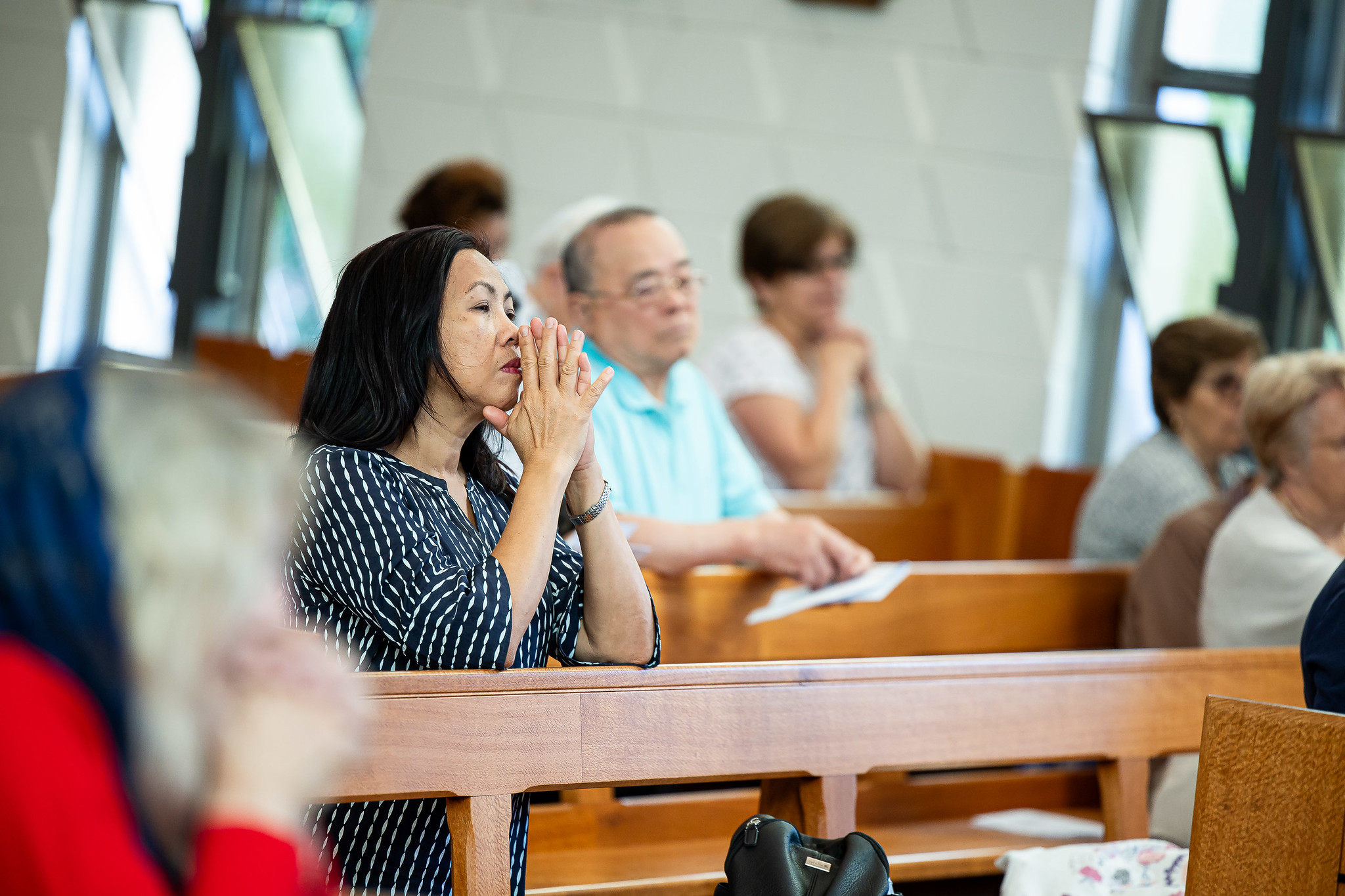Silence
National Liturgical Council

Those unable to hear know the significance of silence. So do families who await news of missing loved ones or who grieve a parent or child who has died. Likewise, explorers who are lost in the desert know what it means to search in silence. Musicians and orators also know another meaning of silence, or rests, “between the musical notes” or words recited – what some call “pregnant pauses”. These silences can speak loudly!
Sacred scripture notes that in the beginning, the earth was a formless void and darkness covered the face of the deep (Genesis 1), but there was THE Word, and the Word was with God, and the Word was God (John 1:1). Over history, God’s voice seemed veiled in silent mystery but later recognised as being revealed through the words of the Prophets, the life, actions and teachings of God’s beloved Son, Jesus Christ, and his Apostles. From the early Church onwards, it seems silence has played a key role during the Church’s liturgical rites and devotional prayers in fostering an atmosphere of mystery and awe for encountering God’s presence. One can note here the prayers prayed silently, quietly or secretly during the Mass and religious devotions right through to the liturgical reforms from Second Vatican Council (1962-1965).
Within the Church’s contemporary liturgy, provision is made for moments of silence as a backdrop to gathering, singing, processional movements, proclamation of scripture readings and recitation of liturgical prayers. Silence provides a fitting context in which the other activities can occur. Like a blank canvas or gold frame around a prized artwork which helps to focus sight, silence too can be “golden” as it helps to focus individual and communal listening, hearing, seeing and doing. For example, after the Homily and reception of Holy Communion, the whole community can reflect upon the significance of what it has heard and received in Christ’s Word and Sacrament.
In the Catholic Church’s General Instruction of the Roman Missal (2011) silence is described as “sacred” and is called for at the following moments: “. . . in the Penitential Act and again after the invitation [“Let us pray”], individuals recollect themselves; . . . after a reading or after the Homily, all meditate briefly on what they have heard; then after Communion, they praise God in their hearts and pray to him. Even before the celebration itself, it is a praiseworthy practice for silence to be observed in the church, in the sacristy, in the vesting room, and in adjacent areas, so that all may dispose themselves to carry out the sacred celebration in a devout and fitting manner” (no. 45).
Notice the italicised verbs: silence in the liturgy does not turn the congregation into a group of idle spectators but facilitates an assembly of liturgical participants who are inwardly attuned to what they see, hear, say/sing and do. Making room for silence in personal and liturgical prayer requires shared awareness, sensitive timing (neither too long nor too short) and good judgement in order for the community to engage in dialogue with God – Father, Son and Holy Spirit – and to listen, hear and respond in faith to God’s living word and presence.
